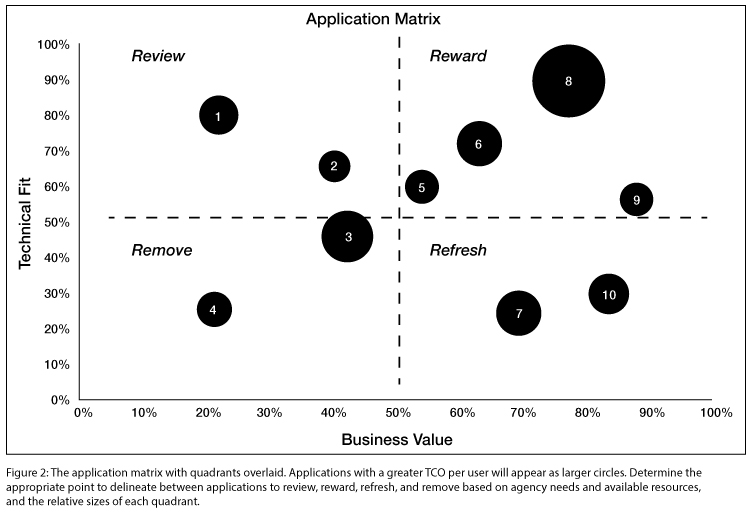
MeriTalk recently sat down with David Egts, Chief Technologist & Director, North America Public Sector at Red Hat to discuss how Federal agencies are meeting the needs of the new mobile workforce, and steps they are taking to drive long term benefits.
MeriTalk: The pandemic has forced many Federal agencies to quickly ramp up capabilities to support the mobile workforce. From your work with customers, how are they doing?
Egts: I think they’ve been doing a great job under extreme circumstances. We’ve all seen reports of legacy systems under an unprecedented load, but overall the agency IT teams have been doing a heroic job of ensuring critical IT infrastructure is available to first responders and other agency personnel to free them to focus on their mission.
MeriTalk: Once an agency moves past the initial phase of ensuring employees can connect to basic IT services and resources from home, what steps are they taking to help maximize productivity?
Egts: Technological capabilities are only one piece of the puzzle. Since people are involved, leadership plays an even more important role. Remote employees need to be led differently than employees who are a cubicle wall away. This is particularly true for employees who aren’t used to or don’t prefer working remotely.
MeriTalk: Where have agencies experienced the most significant challenges?
Egts: Service downtime gets immediate headlines in the press, but security breaches get many more headlines and for much longer after the incident occurs. In the rush to scale out to meet demands, security needs to be factored in along the way to ensure human error doesn’t introduce new vulnerabilities. One way to mitigate human error risk is automation. This is done through Infrastructure as Code as well as security automation. With Infrastructure as Code, you repeatably scale up and scale down infrastructure without human intervention. With security automation, you can ensure security posture hasn’t drifted as people move fast.
MeriTalk: Are agencies taking IT modernization steps today to address COVID-19 needs that will deliver long-term benefits (i.e. – faster application development, improved data integration, etc.)?
Egts: COVID-19 has changed modernization roadmaps whether IT leaders welcome the changes or not. Smart IT leaders ensure they aren’t just fighting fires, but looking to the future. Will a temporary Band-Aid do? Or is now the time to modernize crumbling mission-critical applications?
At times like these, I point to Figure 2 on page 28 of the Federal CIO Council’s Application Rationalization Playbook. Which mission-critical applications are now providing the most value and are in the biggest need of modernization? Are the rankings today the same as they were pre-COVID or have agency priorities changed?

This framework really helps IT leaders get their heads around what they have and what’s most important, as well as communicate to their teams and leadership what’s most important. Shared consciousness is key as decision making is pushed further and further out to remote individual contributors.
MeriTalk: Where do you recommend Federal agencies focus attention, next?
Egts: Not every agency can fully work remotely due to the nature of their mission. This can lead to downtime, and that downtime provides a perfect opportunity to learn more about emerging technologies through virtual learning. Much of this training has been made available for low to no cost from vendors such as Red Hat, and the virtual experience can be just as valuable if not more than in-person training as students can learn at their own pace.
As an example, some agencies work one week on and one week off. This could let agency employees learn at home one week and apply what they learn when they go back on site. Further, this investment in training shows employees that leadership cares about their staff and keeps them engaged in applying their talents to solving hard problems.
MeriTalk: We know Red Hat has launched some free resources and training – can you tell us about that?
Egts: We recently made a number of courses free to everyone on Red Hat Enterprise Linux, OpenShift, virtualization, systems management, Ansible automation, and cloud-native application development to name a few. We also have free training for furloughed workers and job seekers to keep their skills sharp so they can return to work or find their next opportunity quickly.
Our Red Hat Summit went virtual a few weeks ago as the Red Hat Summit Virtual Experience. In previous years, it was an on-site event where ticket prices were above the $1,000 mark. This year the event is free for everyone with replays available for a year.
MeriTalk: How else is Red Hat helping?
Egts: In addition to the free training and education resources, we’re helping customers where they need our help the most. One of the many benefits of open source is that there are many ways to do things. The downside is that not every way is the best – or even a good – way. As such, vendor-authoritative guidance is critical when IT organizations need to quickly respond to their users with solutions that have been tested and are known to work.
To provide this vendor-authoritative guidance, we’ve been holding weekly “Ask an Expert” office hours where Red Hat consultants and solution architects help customers with automation hurdles they’re facing, as well as providing best practices on scaling automation using Ansible. To complement this series, we’ve extended the free trial of Ansible Automation Platform to 60 days.
In addition to complimentary expert advice, we’re offering Technical Account Management (TAM) services for new customers at a 50% discount. Lastly, we know that COVID has caused IT schedules to possibly slip, so we’ve extended product lifecycles across portions of the Red Hat product portfolio to give agencies more time to focus on mission-critical service delivery now and upgrade later with less need to rush.
